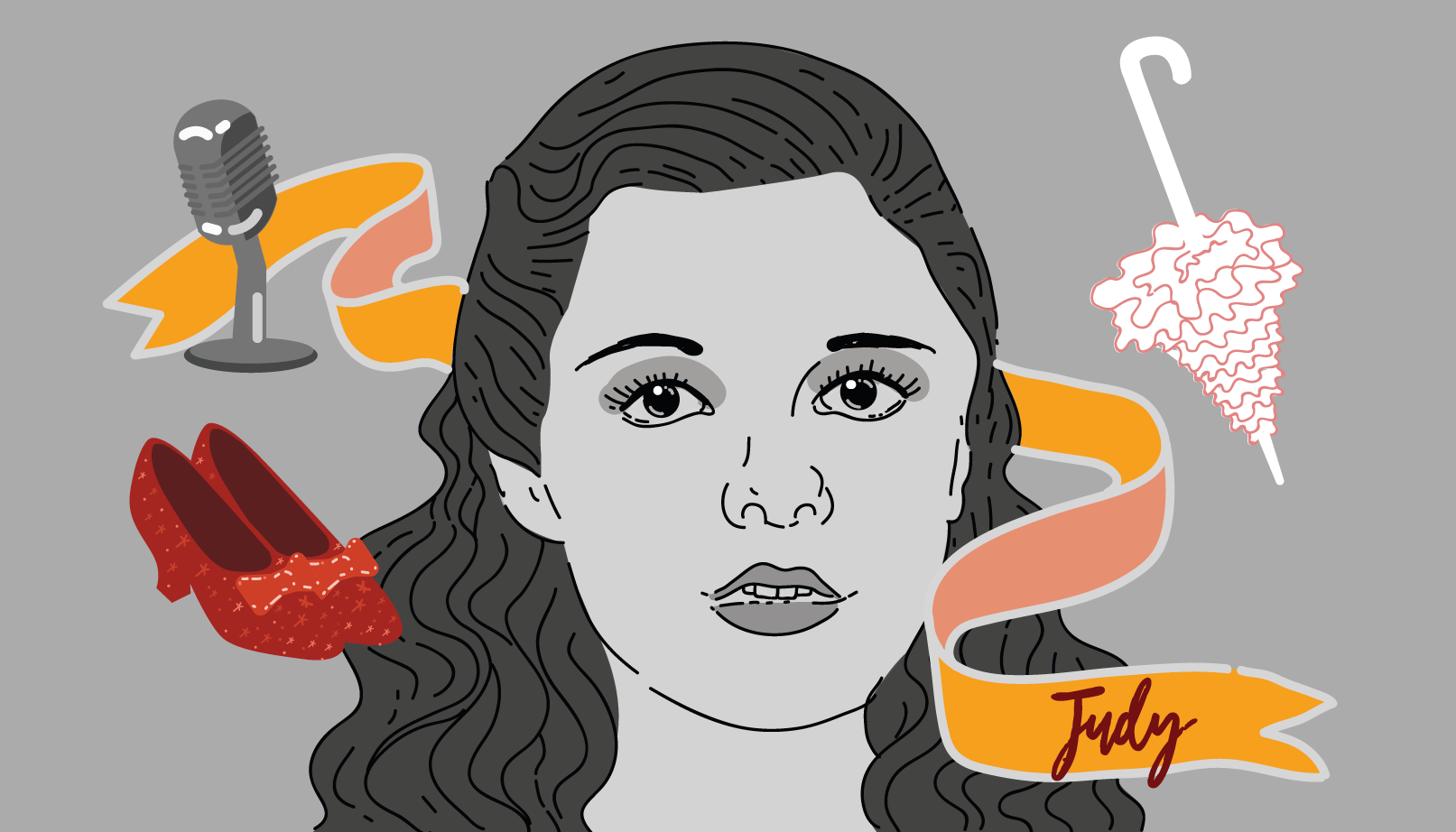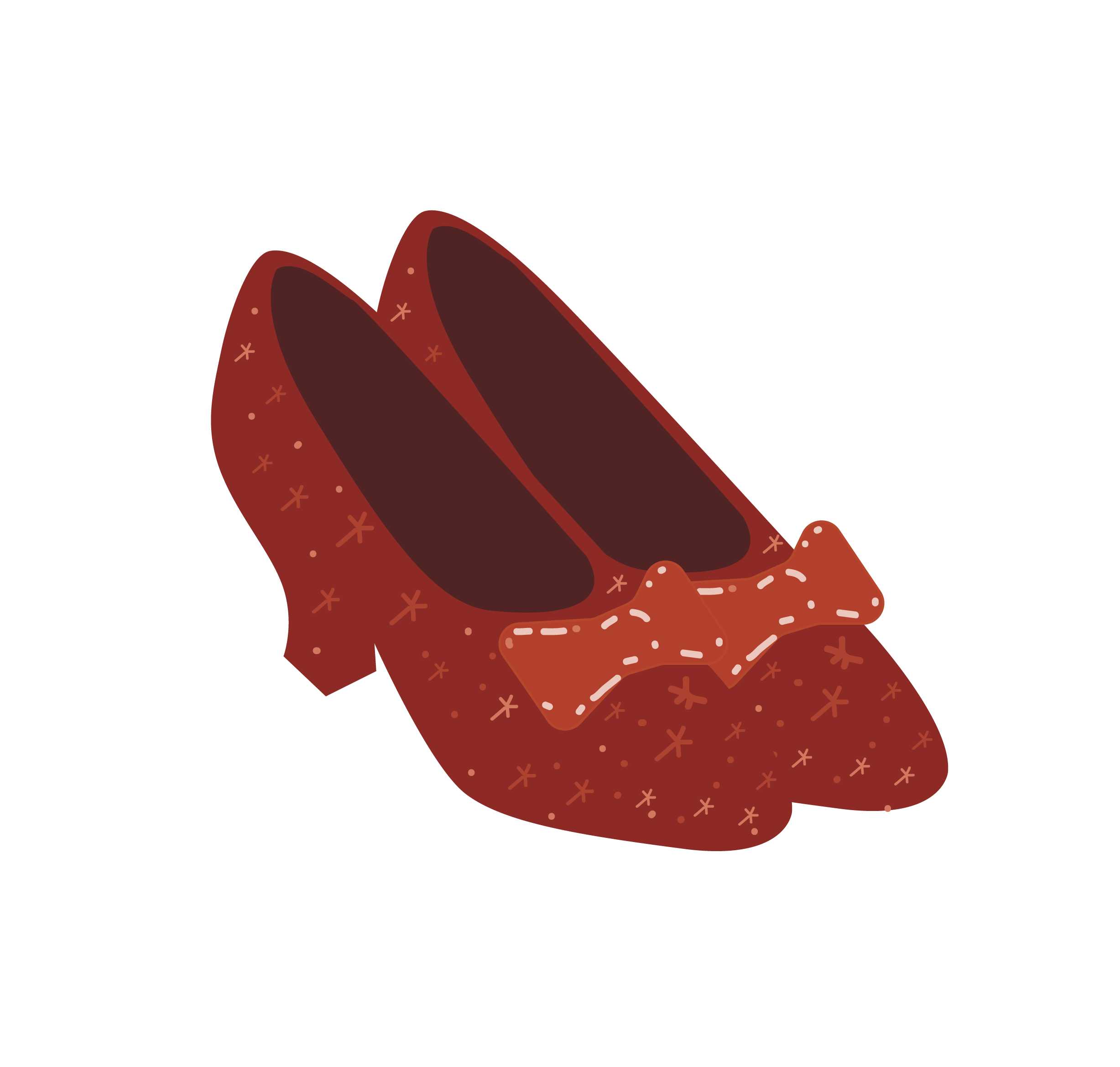Adoration spanning over three generations transcends the LGBTQ+ community
Those who are familiar with Judy Garland (1922-1969) will probably associate her with The Wizard of Oz (1939), but in a career that spanned four decades, Garland made 34 feature films and a series of albums including Judy At Carnegie Hall (1961), for which she was the first female artist to win a Grammy for Album of the Year.

On Oct. 10 at the Diving Bell Social Club, Montreal-based drag queens and performers paid homage to Garland’s legacy in Crystal Palace: The Judy Garland Show!, which allowed the audience to consider the seemingly endless ways we might interpret, represent and celebrate a pop culture icon’s legacy.
Like other celebrities whose lives were cut too short, Garland has often been diluted to her personal battles, focusing on her status as a “tragic figure,” and not emphasizing the resilience and strength that earned her place in entertainment history.
Adapted from Peter Quilter’s 2005 play End of the Rainbow, Goold’s Judy focuses on the last year of Garland’s life, when financial struggles led her to headline a five-week residency at the Talk of the Town nightclub in London.
The film is sprinkled with flashbacks to her days under contract at Metro-Goldwyn-Mayer Studios Inc (MGM), with Darci Shaw portraying young Garland. Judy aspires to shine a light on Garland’s lesser-known final days, when decades in the throes of the entertainment industry had caught up to her, personally and professionally.
Since we are in a moment in which the misogynistic attitudes of the entertainment industry are being confronted, the film can be difficult to watch at times. Flashbacks to Louis B. Mayer’s MGM soundstages – the studio that activated her lifelong dependence on prescription drugs – speculate what could have happened to Garland and many other stars during the Studio Era.
Zellweger most noticeably transforms into her role through body language, from the way she holds the microphone to her posture and facial mannerisms. When Zellweger sings – live, without dubbing – her uncanny portrayal is only slightly blurred, as her vocal intonations are too convincing to detract from her ability to capture Garland’s spirit.
Though the flashbacks act as signifiers of Garland’s past, there could have been more references to her accomplishments after The Wizard of Oz. Nevertheless, the sniffles I heard in the theatre – mine included – cannot be ignored. As exuberant as the concert scenes are, the film’s most effective moments are far more intimate. A heavyhearted conversation with daughter Lorna Luft in a red telephone box confirms Garland’s unconditional love for her children, and a fictionalized post-concert visit to the apartment of two adoring male fans – a gay couple – captures Garland’s enduring significance among the LGBTQ+ community.
Due to Garland’s adoration within the LGBTQ+ community, she remains a popular subject for drag performances, most lovingly highlighted at a recent tribute at the Diving Bell Social Club.
Featuring Crystal Slippers, the two-hour show began with a reenactment of Garland’s television appearances. Performers Peaches LePoz, Prudence, Maxine Segalowitz, and Dolly Blonde also provided their talents to an evening that was all about Garland. Hosts Tranna Wintour and Thomas Leblanc provided humourous commentary throughout the evening, offering trivia and sharing their perspectives into why we are still celebrating Garland 50 years after her death.
A stripped-down performance of the song “It Never Was You” by Slippers, most poignantly showcased Garland’s contribution to Hollywood history, as clips of her films accompanied the performer, who was clad in a handmade red gown under a dimmed spotlight. Additional highlights included a powerful rendition of the immortal ballad “Over the Rainbow” by Blonde, and a tragic-yet-hilarious cover of the torch song, “The Man That Got Away” by LePoz. Cameos by Barbra Streisand (Prudence) and Liza Minnelli (Segalowitz) underscored the impact that Garland has had on the careers of other legendary songstresses.
With an audience spanning three generations, the room abounded with a soaring appreciation for Garland. It was easy to smile throughout the evening, even in the more melancholic moments, because the show’s evident attention to detail exceeded that of a blockbuster stage production. As someone who is about 50 years too young to have seen Garland perform in-person, this was a night that will be difficult for me to ever forget.

Judy is playing in select theatres and will be released for purchase next winter. Check out the Diving Bell Social’s diverse range of programming at their website, https://divingbellsocial.com/home.
Graphics by @sundaeghost





